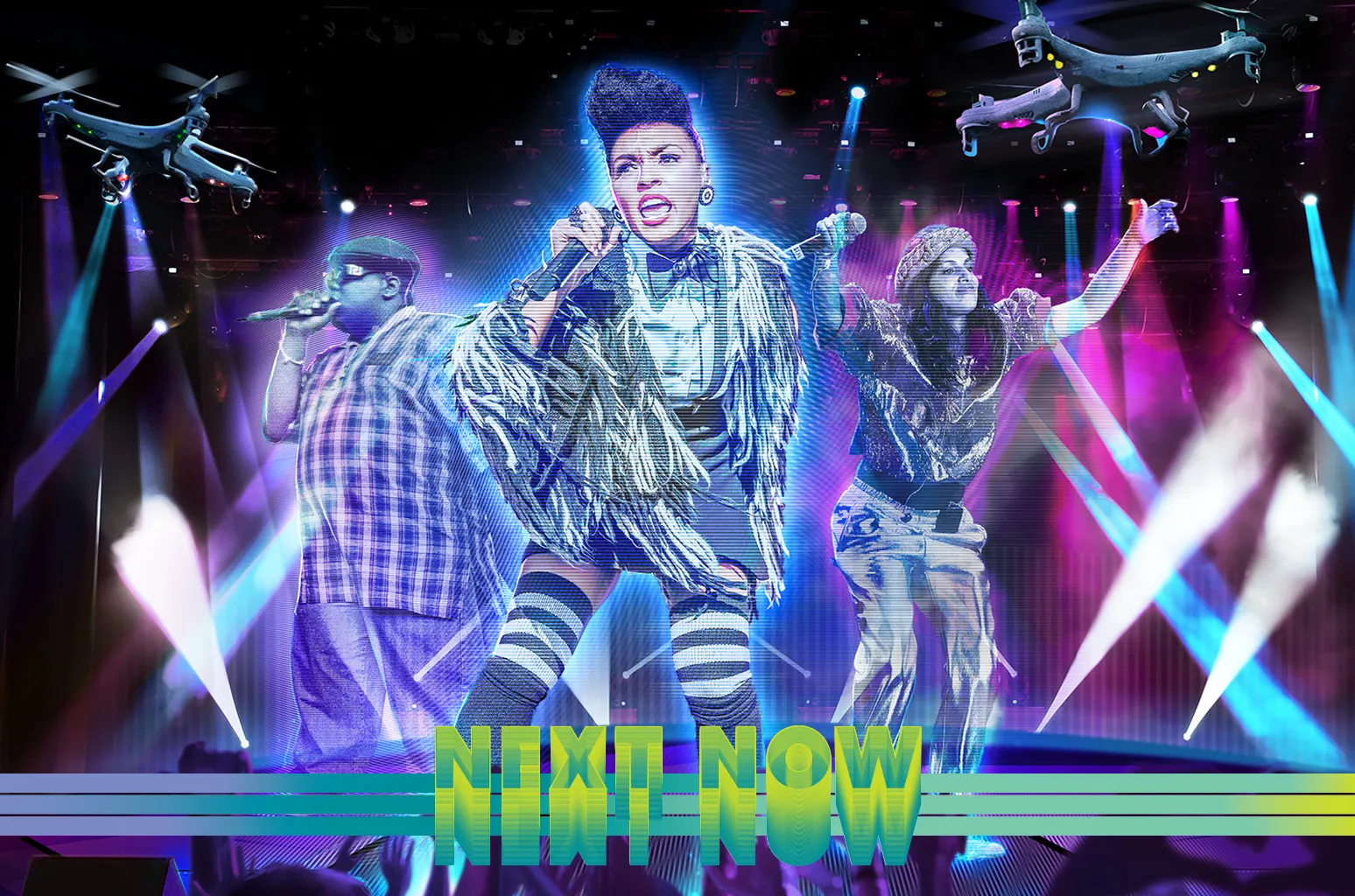Holograms are gaining immense popularity. If you’re a kid of the 1980s, you may recall the holographic message Princess Leia sent to Luke, Obi-Wan, and C-3PO in Star Wars, or the holographic displays featured in other sci-fi movies. You may have also heard about holograms as the latest technology to emerge from Silicon Valley.
In the near future, holographic communication could go beyond screens and video calls to become fully immersive, three-dimensional, and life-like. Imagine attending a business meeting where colleagues appear as holograms in your living room or celebrating a family event with loved ones who seem physically present despite being miles away.
That’s how holographic communication technologies are expected to revolutionise the future. The rapidly evolving technology, powered by optics, artificial intelligence (AI), augmented reality (AR), and advanced projection systems, creates realistic 3D representations of people and objects in real time.
Through this article, let’s explore the working of this futuristic technology, its potential applications, and the ethical challenges that must be overcome.
What is Holographic Communication and How Does it Work?
Holographic communication refers to the transmission and display of three-dimensional holograms of people, objects, or scenes in real time. Unlike traditional video calls or virtual meetings, holograms provide depth, perspective, and motion, allowing participants to interact as if they were physically together.
A hologram is created when light waves from a laser are recorded and reconstructed to produce a 3D image. In communication, these holograms are generated using high-resolution cameras, depth sensors, and AI-based rendering systems, which capture and project a person’s likeness in real time.
Today’s systems combine mixed reality (MR), augmented reality (AR), and virtual reality (VR) hardware with cloud-based computing power to render holograms seamlessly. For instance, a person could be captured in a studio using depth-sensing cameras and instantly appear as a life-sized hologram elsewhere via AR glasses or projection devices.The Technologies Behind Holographic Communication
The various technologies behind holographic communication are:
5G and Beyond
Ultra-fast, low-latency networks are crucial for transmitting large amounts of holographic data in real time. 5G and soon, 6G, enable smooth, lag-free experiences that are essential for life-like communication.
AI and Machine Learning
Artificial intelligence assists in real-time rendering, compression, and predictive motion tracking. This allows systems to recreate realistic facial expressions, gestures, and voice synchronisation.
Advanced Optics and Projection
Modern holographic displays use light field projection and volumetric imaging to generate floating, full-colour 3D visuals that can be viewed without special glasses.
Edge and Cloud Computing
The massive computational power required for holographic communication is often distributed between local (edge) devices and cloud servers. This combination ensures speed, accuracy, and scalability.
LiDAR and Depth-Sensing Cameras
These advanced technology devices capture precise 3D data for accurate hologram reproduction.
Applications of Holographic Communication
The applications of holographic communication are vast, impacting various sectors and transforming the way humans interact with technology and each other.
1. Business and Collaboration
Virtual meetings could evolve from video calls into 3D holographic conferences, enabling realistic eye contact and body language cues. Companies can use holograms for remote training, product design, and presentations, enhancing engagement and clarity.
2. Education and Learning
Imagine students attending a biology class where a holographic model of the human heart beats in front of them or a history lesson where they ‘stand beside’ historical figures. Holograms could bring immersive, interactive learning to classrooms worldwide.
3. Healthcare and Telemedicine
Surgeons could remotely collaborate by viewing 3D holographic projections of patient anatomy, improving precision during procedures. Telemedicine consultations could become far more personal and effective through holographic doctor-patient interactions.
4. Entertainment and Media
The music and film industries are already experimenting with holograms, reviving late artists or creating virtual performers. In the future, holographic concerts, sporting events, and interactive storytelling experiences could become commonplace.
5. Military and Defence
Holographic simulations are being used for training and mission planning, offering soldiers realistic battlefield scenarios without physical risk. Real-time holographic briefings could improve situational awareness in complex operations.
6. Social Interaction and Personal Communication
On a personal level, holograms could redefine long-distance relationships and social connections. Families separated by geography could sit together virtually, experiencing a stronger emotional bond than traditional video calls can offer.
The Benefits of Holographic Communication
Enhanced Realism
Life-like 3D visuals created by holographic technology make remote interactions feel natural and emotionally connected.
Reduced Travel
Businesses could save time and costs by replacing many in-person meetings with holographic ones.
Improved Accessibility
People unable to travel due to health, distance, or mobility issues can still participate fully in events and interactions.
Innovation in Creativity
Artists, educators, and designers gain a new medium for storytelling, teaching, and collaboration.
What to Expect Next?
By the 2030s, holographic communication could become a mainstream medium, transforming industries, education, and human connection. Imagine a world where:
Remote employees attend holographic offices. Doctors diagnose patients through interactive 3D projections. Families share festivals and birthdays via life-sized holograms. Global concerts feature holographic audiences cheering in real time.
This evolution will not just change how we communicate. It will redefine presence itself. As devices shrink and costs fall, holographic interactions can become as natural as sending a text message.
Conclusion
Holographic communication is set to revolutionise human connectivity by making digital interactions indistinguishable from physical presence. Driven by advances in AI, optics, and network technology, this innovation promises to bridge distances, foster empathy, and enable new dimensions of collaboration.
While there are technical and ethical challenges, the pathway is clear: communication is becoming immersive, intelligent, and profoundly human. The holographic future once imagined in science fiction is rapidly becoming science fact, bringing in a world where being ‘virtually there’ feels just like being there.
Article by Gayatri Sarin

